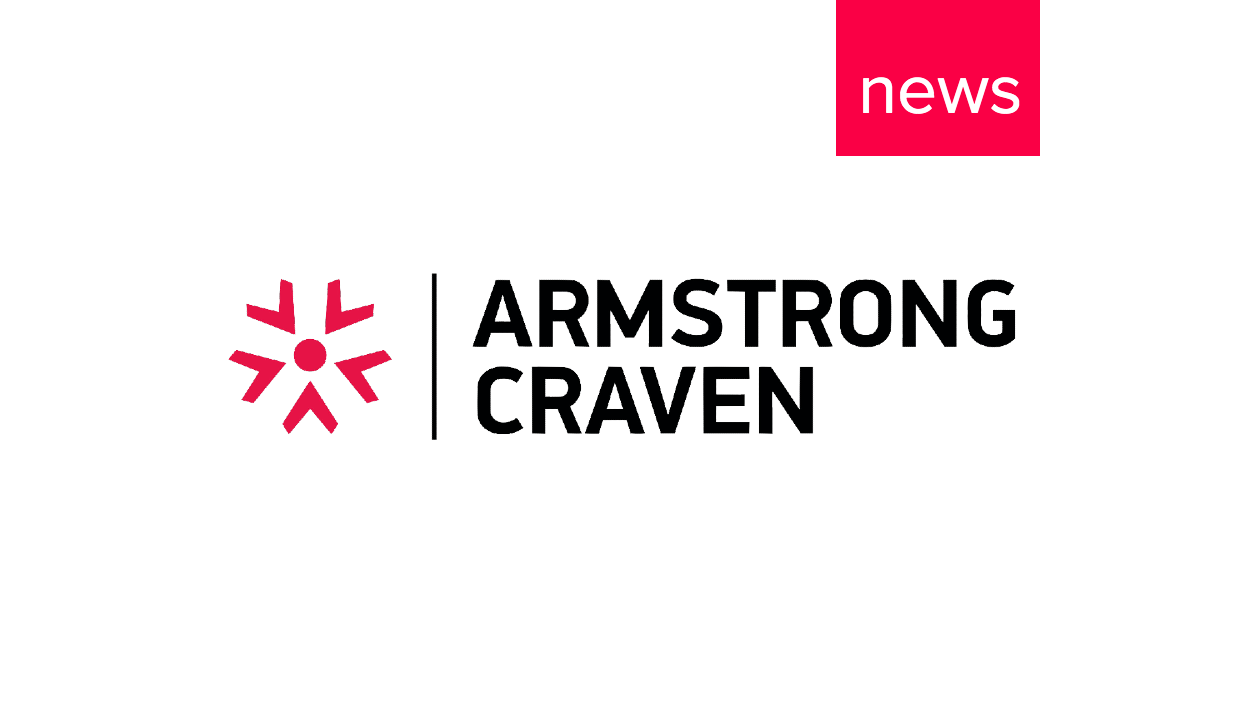Recovery of the workforce: how will HR shape the post-pandemic workplace
18 May, 20212 min-5900d44c-f0ab-42c7-a257-bdbad03825f8.jpg)
As millions of vaccines have been administered and many of the most vulnerable are now protected, it seems that ordinary life may make a return during the spring months. Indeed, the announcement of Boris Johnson’s phased return to normality has left many turning to their HR representatives and asking are they returning to work? Or, can they continue working from home?
Without a doubt, there seems to be a divide between those who wish to continue working from home and those who wish to return to office-based work. Many people admit that they do not want to return to working in an office full time alongside the added stresses it brings. A recent BBC article on ‘Post-lockdown-anxiety’ quoted one worker who said: “I feel that I have become detached from the way things were before the pandemic, and the thought of going back to activities such as sitting on a cramped bus or drinking coffee in a café feels overwhelming”.
Moreover, those who are in customer-facing or physical jobs may not have the option to work from home. This can create a workforce problem for HR representatives if some sections of the business are able to work from home and others aren’t. Therefore, it is highly important to plan for your workforce’s future return.
On the other hand, you do not have to look far on social media before you find a plethora of excitable posts about returning to social and working life. At Armstrong Craven, our research found that nearly half of workers who could feasibly work remotely, might not want to. Certainly, one cannot ignore the impacts working from home may have had on mental health, relationships and physical well being. Especially for those who live in small, city-centre apartments, previously ideal for a short commute as they are located close to central offices.
Now we face a battle between end of lockdown anxiety and those who are excited to return to “normal”. But will it be the normal we remember? Many in the recruitment Industry have seen first hand “the new normal” such as working from home no longer being an added benefit on job descriptions for prospective candidates, but a must.
HR leaders must evaluate and analyse the shape of their new workplace and what this will look like - how will they meet the needs of their workforce?
How Do I Plan My Workforce’s Future When My Company Is Global?
In Spring 2020, social media giant Twitter announced that employees could work from home ‘forever’ if they wished. And they’re not alone. Facebook and Fujitsu also announced similar plans for remote working to continue whilst the effects of Covid-19 continue to reverberate.
So how does an organisation ensure fairness in a divided workforce? We are anticipating a phased return to a “hybrid” model, housing shared or flexible workspaces for employees whilst still being able to work from home if they wanted to do so.
Speak with an expert
If you want to learn a little more about what we do and how talent research can help you make better-informed business decisions, our team of talent research and consulting specialists are happy to help.





